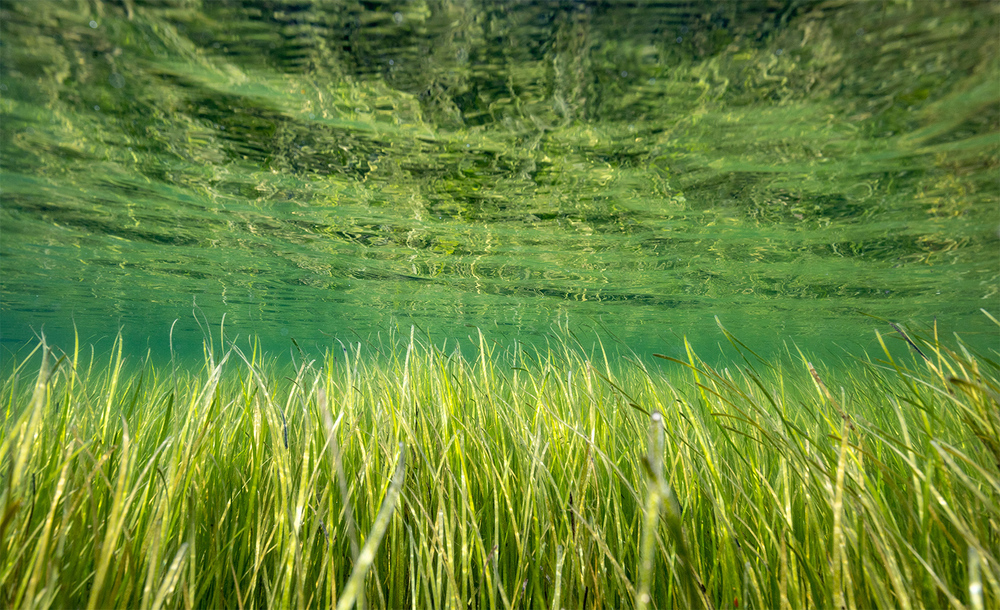The environmental non-profit, Heal the Bay, is dedicated to making the watersheds and coastal waters of the Los Angeles, CA area clean, preserved, and protected. Heal the Bay acknowledges their headquarters are on the lands of the Tongva and Chumash peoples, and they pay their respects to all generations. Using science, education, research, community action and advocacy, they have developed a well rounded and stable health summary of the surrounding beaches. Their 2022, 33rd annual Beach Report is now live!
During the winter months of 2022, California received 50% more rainfall than the 10 year seasonal average. The heavy rainfall helped moderate the extreme drought those areas were experiencing, but it also caused extreme weather conditions, leading to multiple hazards and negative environmental impacts. Rain inherently collects and withdrawals any pollutant into local watersheds and oceans. This includes oils, bacteria, chemicals, and other contaminants resulting in a large decline in water quality. An alarming 45 million gallons of sewage was spilled into the California coastal waterways, partially due to the increase in rainfall.
All life along the coast is tied to the beach, acting as a gathering place for all species. California has a high privilege of being set with a multitude of beaches along the coast, but it is our responsibility to keep these areas clean, not only for ourselves but for marine life, wildlife, waters, and land. HTB ranks the beaches and water quality with letter grades–A and B being the highest and so forth; and categorizing each tested season by “Summer Dry,” “Winter Dry,” and “Wet Weather.”
Starting in Northern California–
- Summer Dry and Wet Weather: 93% of their beaches received high grades
- Winter Dry: samples were inconclusive
Central California–
- Summer Dry: grades were similar to Northern CA
- Winter Dry: 88% of beaches received high grades
- Wet Weather: dropped to 51% of their beaches receiving high grades.
Now traveling to Southern California–this is where the beaches saw the most damage with the top 10 “Beach Bummers.”
- Summer Dry: 96% of beaches received high grades
- Winter Dry: 82% of beaches received high grades
- Wet Weather: only 52% received high grades during times of rainfall
Not all beaches are structurally the same, so naturally there are going to be areas that have higher water quality then others. HTB categorizes these beaches as: open beaches, enclosed beaches, and storm drain, stream and river beaches. Open beaches do not have obstruction between the beach and the waters, gaining more wave access and circulation than enclosed beaches. Beaches that are surrounded by or house storm drains, streams or rivers receive runoff that typically carry bacteria. These beaches have higher pollutant levels therefore receive poorer water quality.
All in all life by the beach can be serene and beautiful, but we have to remember to clean up after ourselves and help advocate for the protection of those areas. This is the only way we can preserve the natural resources and health for future generations.
















